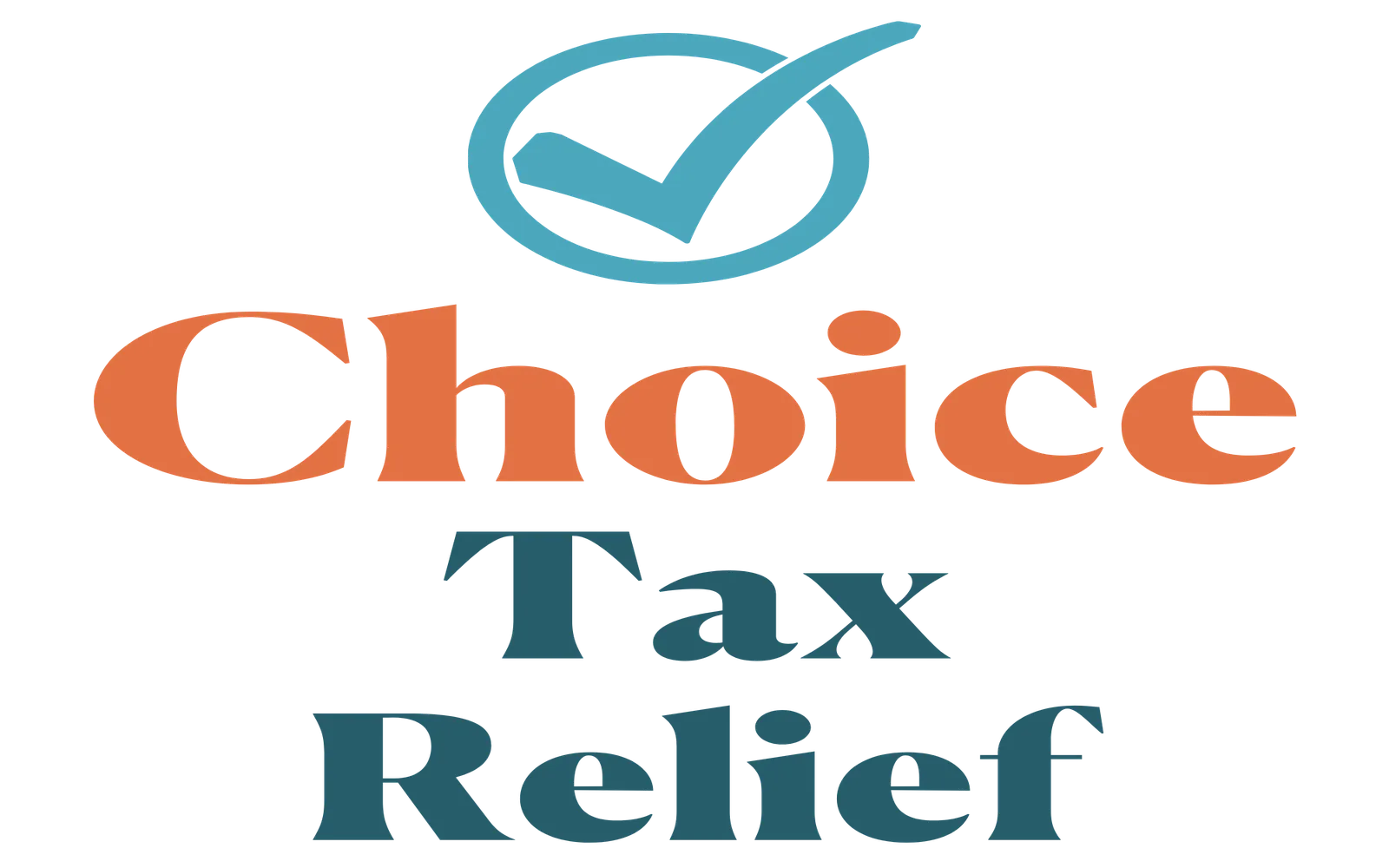The journey towards a comfortable retirement often begins with understanding and maximizing your 401(k) retirement plan. This employer-sponsored plan not only helps you save for retirement but also offers significant tax advantages that can enhance your savings over time. In this article, we will explore various strategies to maximize your 401(k), including the benefits of a rollover IRA and how to effectively use these tools to secure a financially stable future.
Understanding 401(k) Tax Advantages
One of the primary benefits of a 401(k) retirement plan is the tax advantage it provides. Contributions to your 401(k) are made pre-tax, which lowers your taxable income for the year you contribute. This means that if you contribute $10,000 to your 401(k), your taxable income is reduced by that amount, potentially placing you in a lower tax bracket.
Additionally, the money in your 401(k) grows tax-deferred. This means you won't pay taxes on the earnings from your investments until you withdraw them, typically during retirement when you may be in a lower tax bracket. This allows your investments to compound over the years without the burden of annual tax payments.
Employer Matching Contributions
Many employers offer a matching contribution to your 401(k). This is essentially free money that can significantly boost your retirement savings. For example, if your employer matches 50% of your contributions up to 6% of your salary, and you earn $60,000, you could potentially receive an additional $1,800 annually just by contributing enough to take full advantage of the match.
To maximize this benefit, ensure you contribute at least enough to receive the full employer match. Failure to do so is akin to leaving money on the table, which can hinder your retirement savings in the long run.
Increasing Your Contribution Rate
To maximize your 401(k) retirement plan, consider increasing your contribution rate over time. Many plans allow you to set up automatic increases, making it easier to save more without feeling the pinch. Even a small increase can have a significant impact due to the power of compounding interest.
For instance, if you start contributing 5% of your salary at age 25 and increase your contributions by 1% each year until you reach 15%, you could accumulate a substantial retirement nest egg by the time you reach 65. This strategy not only enhances your savings but also helps you adjust to saving more effectively over time.
Rollover IRA Strategies
If you change jobs or retire, you may have the option to roll over your 401(k) into an Individual Retirement Account (IRA). This can provide you with more investment options and potentially lower fees. Rollover IRAs often offer a wider range of investment choices than a typical 401(k), including stocks, bonds, and mutual funds.
When considering a rollover, it’s essential to understand the different types of IRAs:
- Traditional IRA: Similar to a 401(k), contributions may be tax-deductible, and the account grows tax-deferred until withdrawal.
- Roth IRA: Contributions are made with after-tax dollars, allowing for tax-free growth and tax-free withdrawals in retirement, provided certain conditions are met.
Choosing between a Traditional IRA and a Roth IRA depends on your current tax situation and your expectations for your tax rate in retirement. A Roth IRA may be more beneficial if you expect to be in a higher tax bracket during retirement.
Be Mindful of Fees
Another crucial aspect of maximizing your 401(k) is being mindful of fees associated with the plan. High fees can erode your investment returns over time. Review your plan's fee structure and compare it with other retirement savings options.
Look for plans with low management fees, and consider switching to a lower-cost investment option if available. Reducing fees can significantly increase the amount you have saved by the time you retire, making a substantial difference in your overall retirement portfolio.
Regularly Review Your Investment Choices
As you age and your financial situation changes, it’s important to regularly review your 401(k) retirement plan investment choices. Ensure that your asset allocation aligns with your risk tolerance and retirement timeline. Younger investors typically can afford to take on more risk, while those closer to retirement may want to shift towards more conservative investments.
Most 401(k) plans offer a range of investment options, including target-date funds, which automatically adjust the asset allocation as you approach retirement. Utilizing these funds can simplify your investment strategy and help you maintain an appropriate risk level over time.
Conclusion
Maximizing your 401(k) retirement plan is crucial for ensuring a comfortable retirement. By taking advantage of the tax benefits, employer matching contributions, and considering rollover IRA strategies, you can significantly enhance your retirement savings. Regularly reviewing your contributions, investment choices, and fees will further strengthen your financial position as you approach retirement. Start today, and take charge of your financial future!









